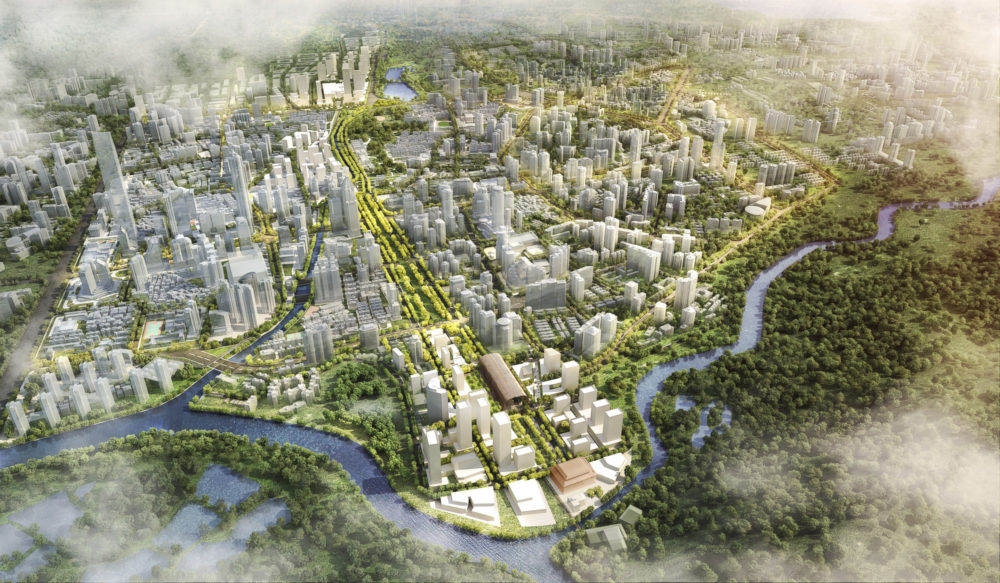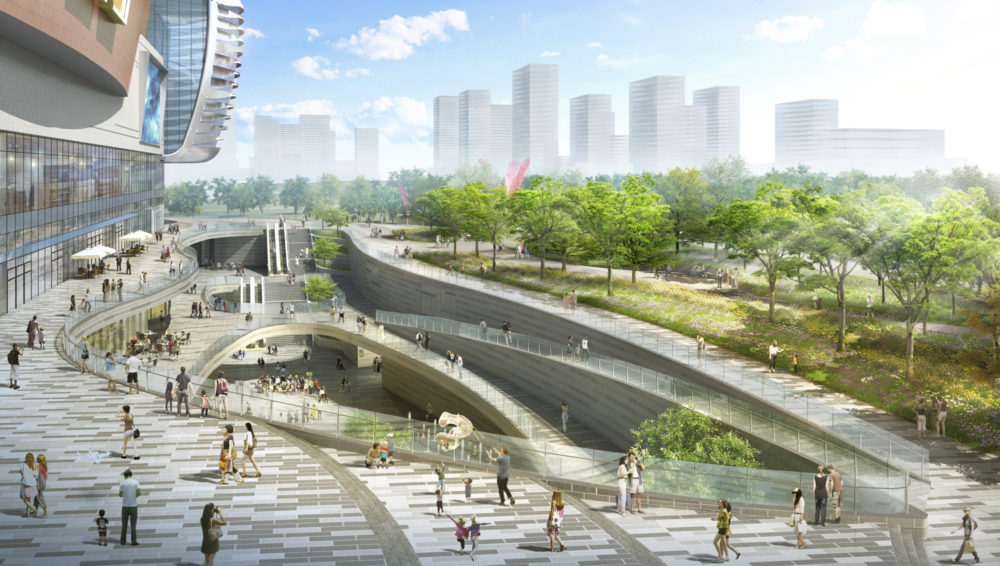在上海市中心打造12.5公里长的一线河岸地区,重接分割已久的地理和心灵鸿沟
苏州河两岸城市设计
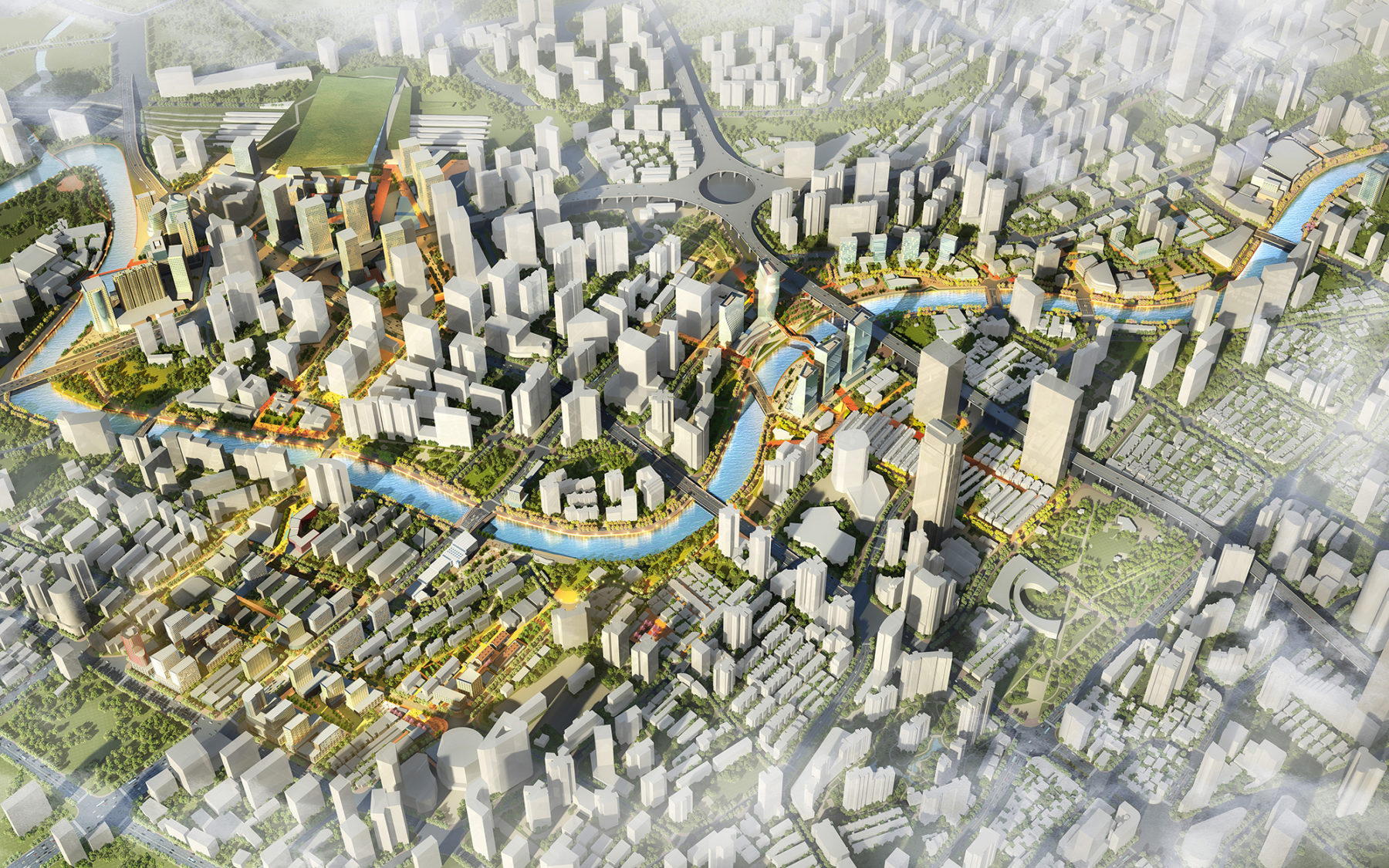
The meandering Suzhou Creek intertwines with a new undulating urban spine, delineating a series of urban and recreational nodes along the riverfront.
Sasaki在上海静安苏州河两岸城市设计国际设计竞赛中夺得第一名。苏州河曾是上海最重要的运输要道之一,然而近几十年来却受到严重污染,让人避之不及。得益于亚洲开发银行的支持,苏州河水质得以恢复,为其重新回到城市中心地位打下了基础。2015年,苏州河两岸的静安区和闸北区合并成为新静安区。长久以来,苏州河都是地理上和大众心理上的分界线:南岸是繁华发达的静安区,北岸则是边缘化的闸北区。两区合并后,位于上海市中心、长达12.5公里的一线河滨区得以整合。Sasaki的规划方案不仅将此视为发展的契机,而且还是一个可以提升其地理及社会地位、为这个一度衰败的滨水地区带来重生的机会。
为了充分挖掘苏州河区域的潜能,Sasaki重点拓展滨河区域,联通相邻的城市地块。设计提出为公众创造出一个由休闲河岸以及活力临街城市界面勾勒的都市文化流域。通过新建综合开发项目以及加强区域与包括上海火车站、M50创意园区等邻近目的地的联系,原本被隔离开来的区域将重现活力。
Sasaki的设计打破了常规思维,没有被河流的线性特点所限制,而是将原本单一的河道重新布局,沿河设置城市节点和绿地公园,制造富有韵律的空间秩序。每个绿地间距不超过500米,满足该区域对社区导向公共空间的需求,同时增强滨水区与邻近区域的互动关系。在战略性及最小化的改造措施下,区域内独具本地特色的建筑和延展通达的步行网络得以保留,将被改造为具有原有特点的综合性目的地。河流沿岸的旧仓库将被改造为文化项目,进一步加强该区蓬勃发展的艺术氛围。
Sasaki同时还对苏州河的生态潜力进行了重新评估,发掘其成为景观基础设施的可能性。在空间允许的情况下,设计引入阶梯湿地,用以恢复原生栖息地、应付雨洪的影响,以及为公众提供亲水活动的空间。在不得不设置防汛墙的局促空间,这些原本呆板的防洪设施被改造为城市画廊,垂直的墙体摇身一变成为画布,可供本地艺术家进行创作。
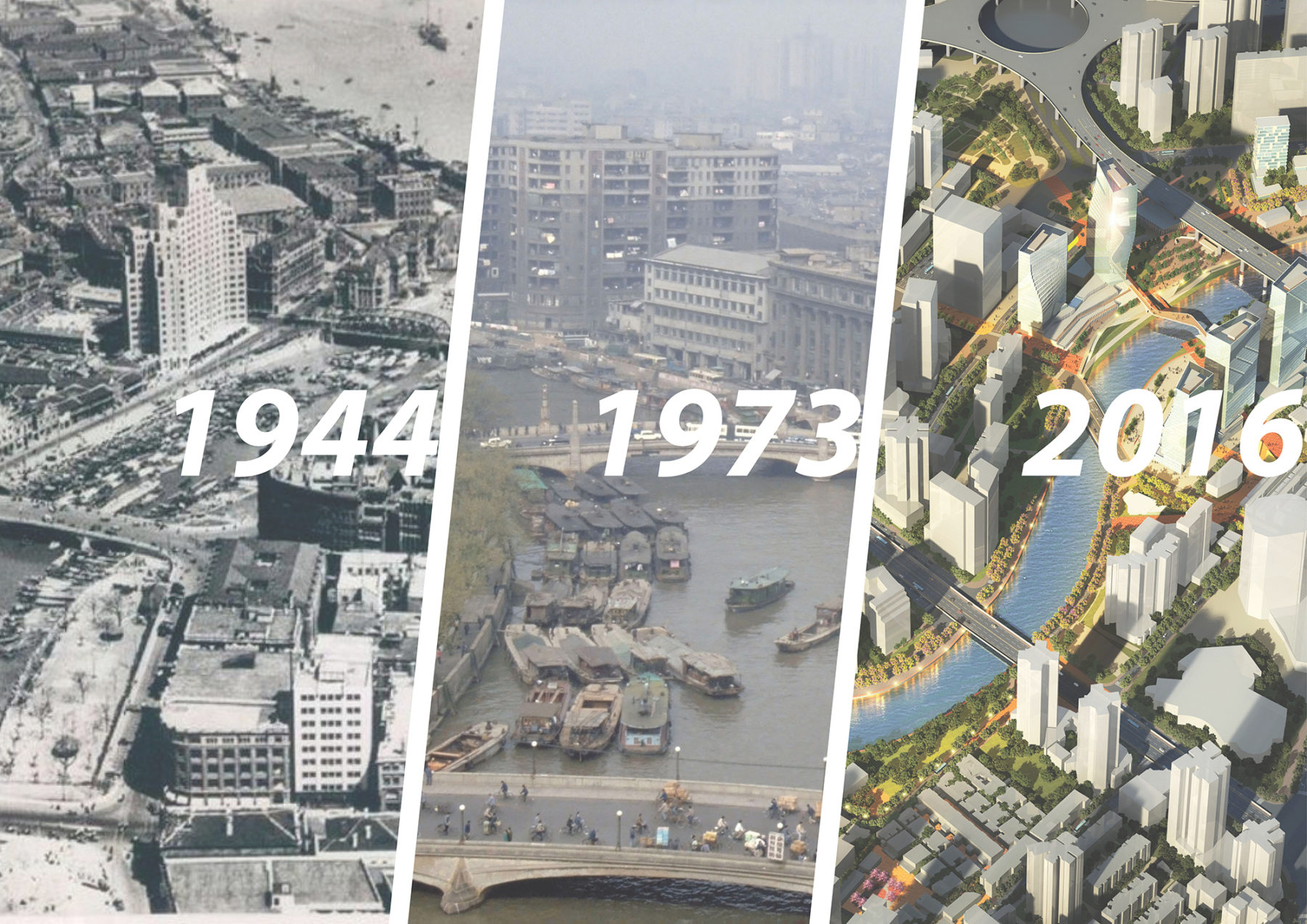
Suzhou Creek has witnessed the genesis of Shanghai’s industrialization, suffered from severe environmental degradation, and is finally poised to be celebrated as the city’s newest public waterfront.
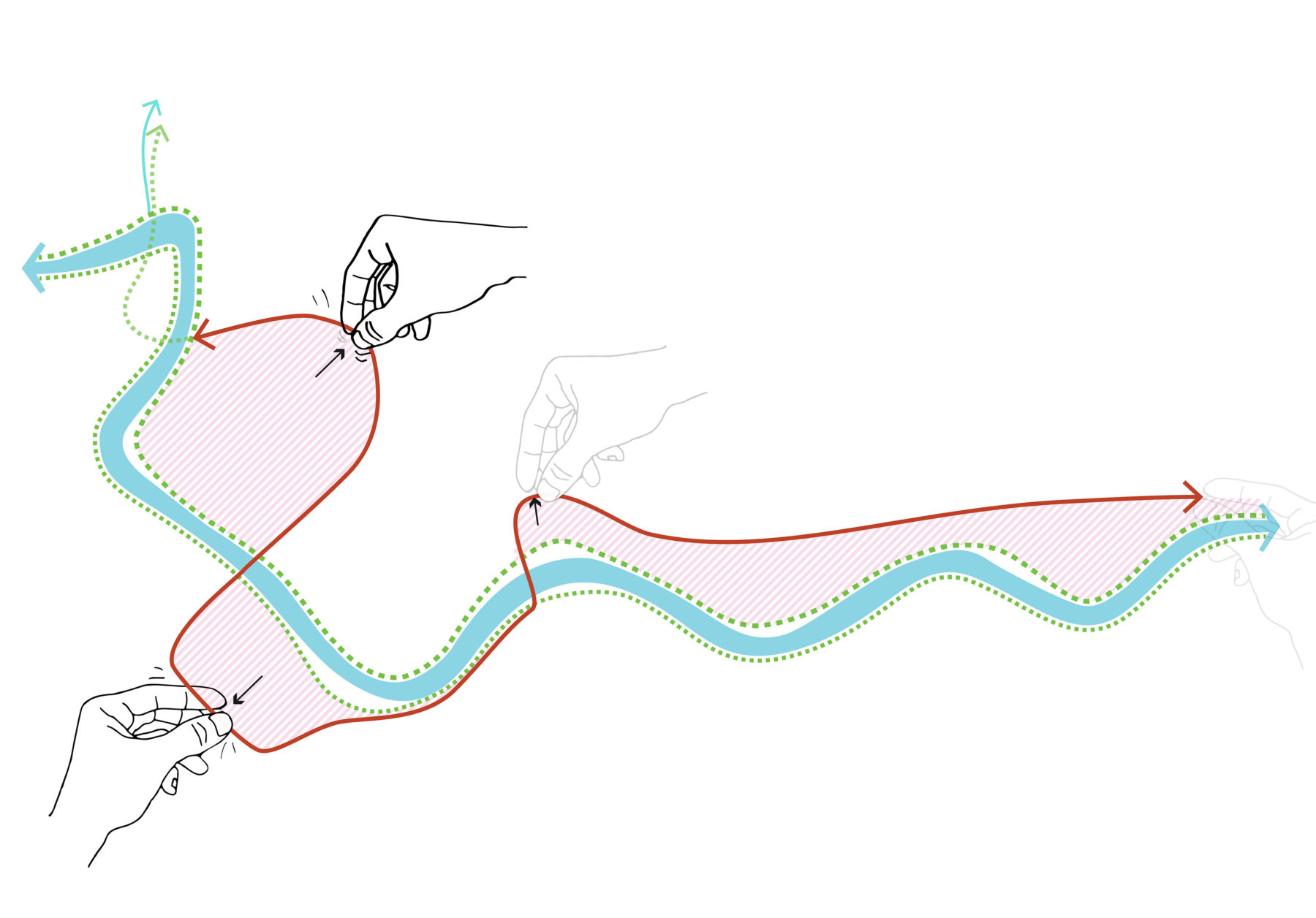
The premise of the narrow existing water edge as a public destination is strategically extended into the adjacent neighborhoods to create the perception of a much larger waterfront district
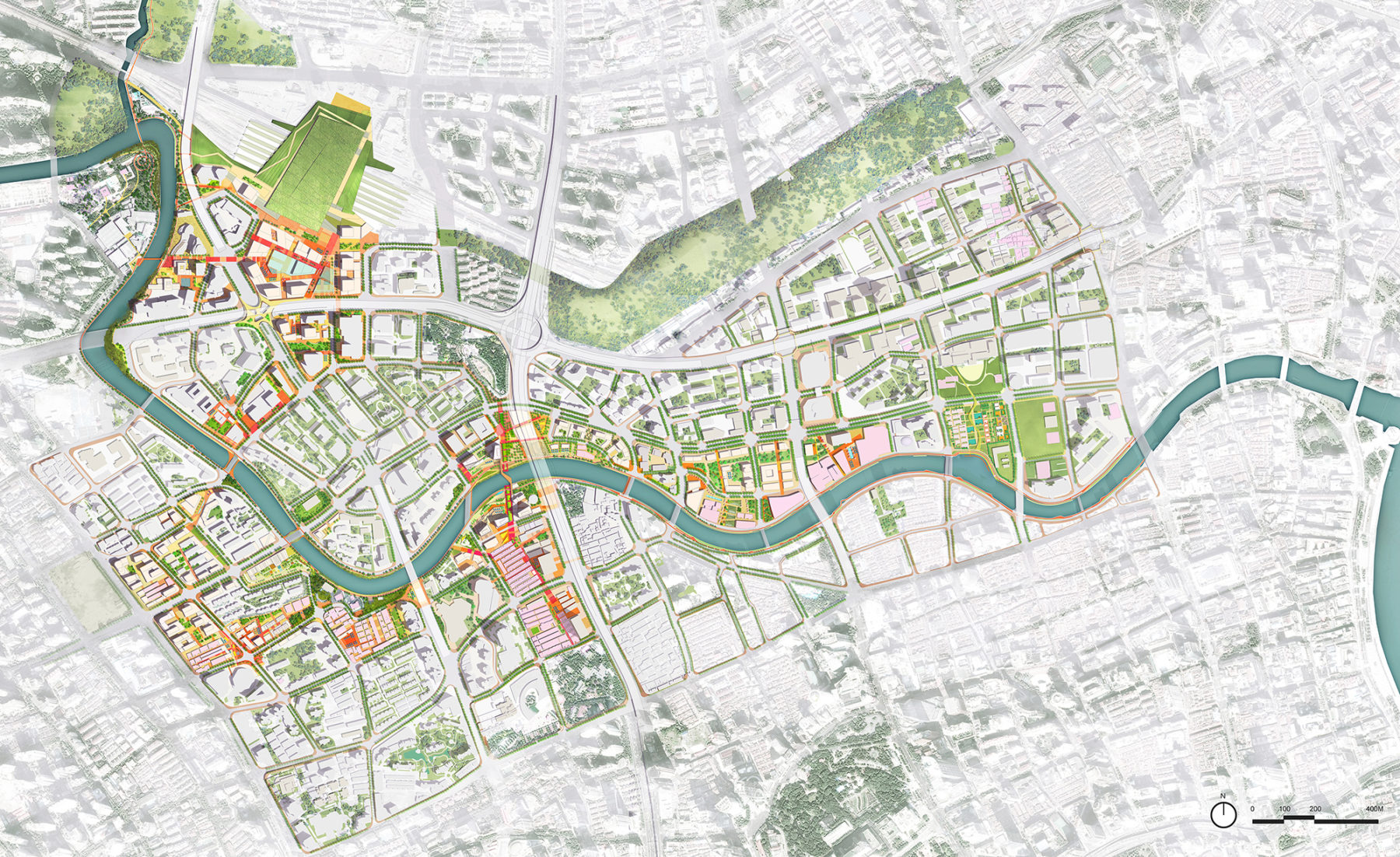
A series of riverfront nodes stitch together distinctive neighborhoods and unify historically divided districts on the opposite sides of the creek.
Seeing the opportunity to unleash Suzhou Creek’s potential, Sasaki focused on expanding the perceived waterfront of Shanghai into the urban blocks adjacent to the creek. This reclamation of Suzhou Creek for public use creates an urban/cultural watershed that is delineated by recreational waterfront edges and a vibrant urban frontage. Isolated neighborhoods are energized by adding new mixed-use development and strengthening connections to nearby destinations such as Shanghai’s central railway station and the M50 Arts District.
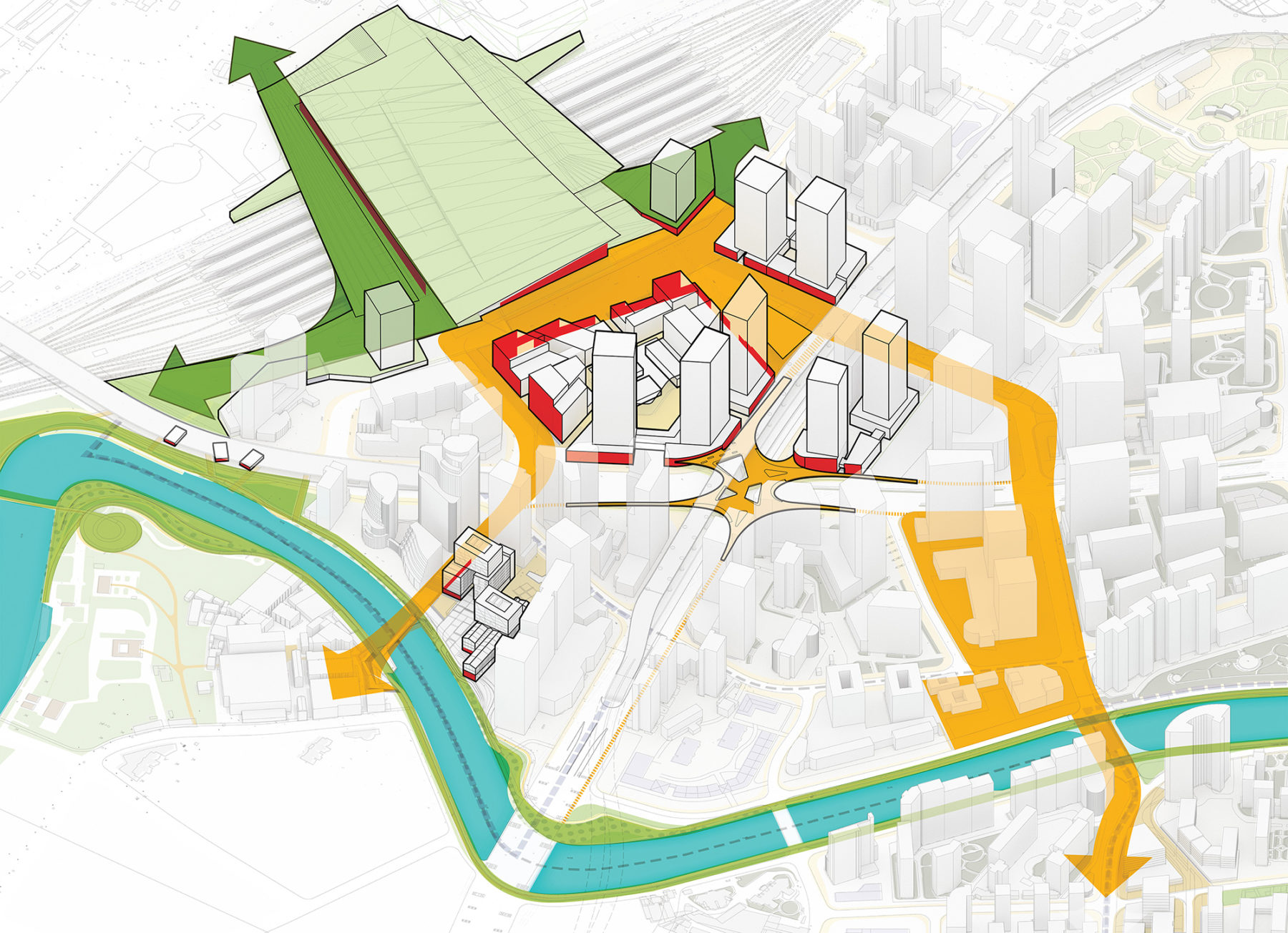
Shanghai’s outdated central train station is strategically integrated into the design as a critical urban transportation anchor.
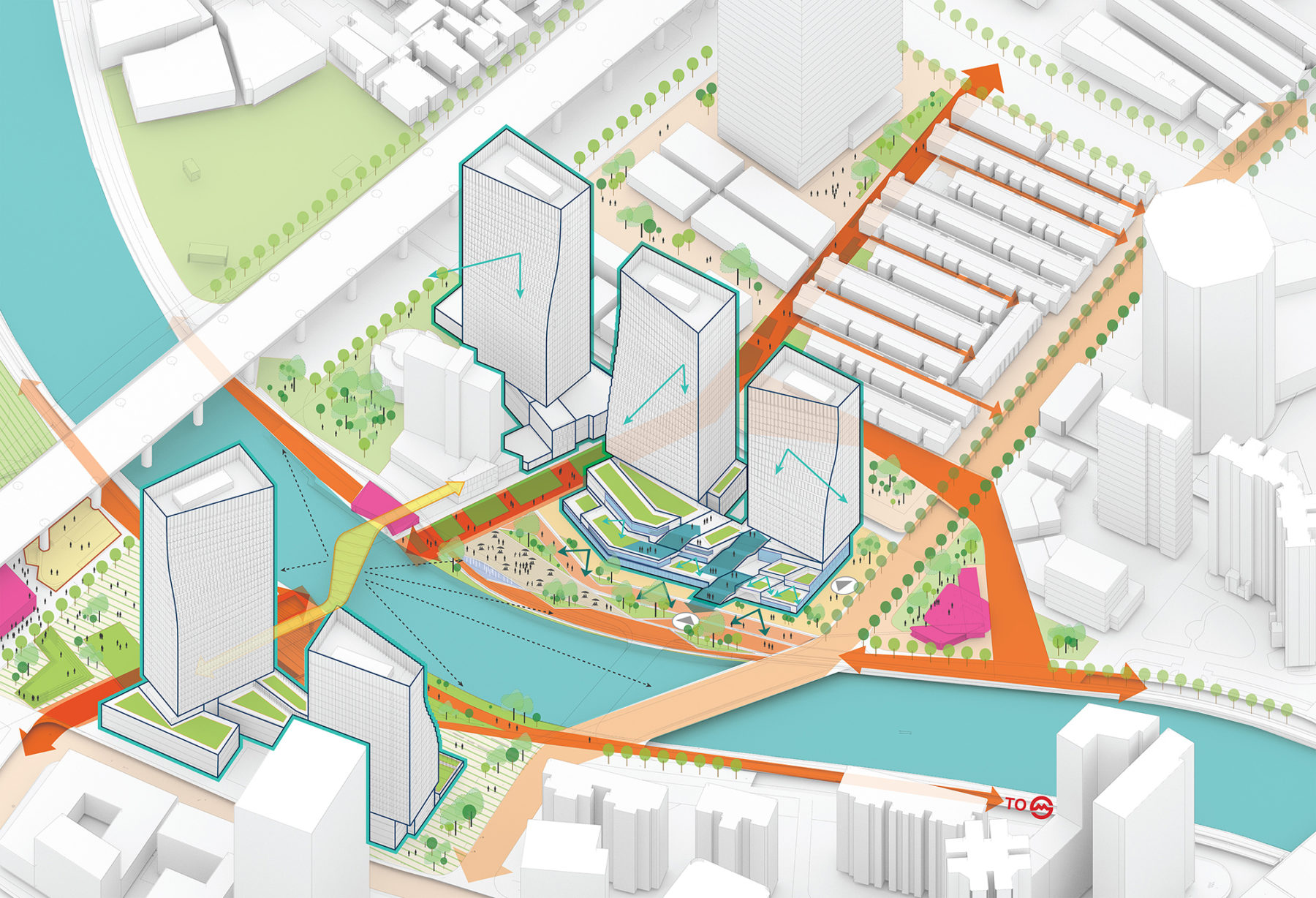
The Gonghexin Urban Node will become one of the most vibrant waterfront destinations in Shanghai, and will serve as a gateway to the vernacular neighborhoods to the south.
By avoiding the preconceived idea of the creek as an exclusively linear experience, the Sasaki plan reorganizes the singularity of the waterway into multiple episodes of urban nodes and parks that anchor rhythmic moments along the creek. Parks are spaced no more than 500 meters apart, celebrating the city’s long-held desire for more community-oriented open space, and allowing for the creek to dynamically engage with the surrounding neighborhoods. Within these neighborhoods, Shanghai’s unique vernacular architecture and intricate pedestrian networks are preserved with minimal, strategic interventions that transform them into new mixed-use destinations while retaining their existing character. Historic warehouses along the creek are repurposed as cultural destinations to further strengthen the area’s burgeoning arts scene.
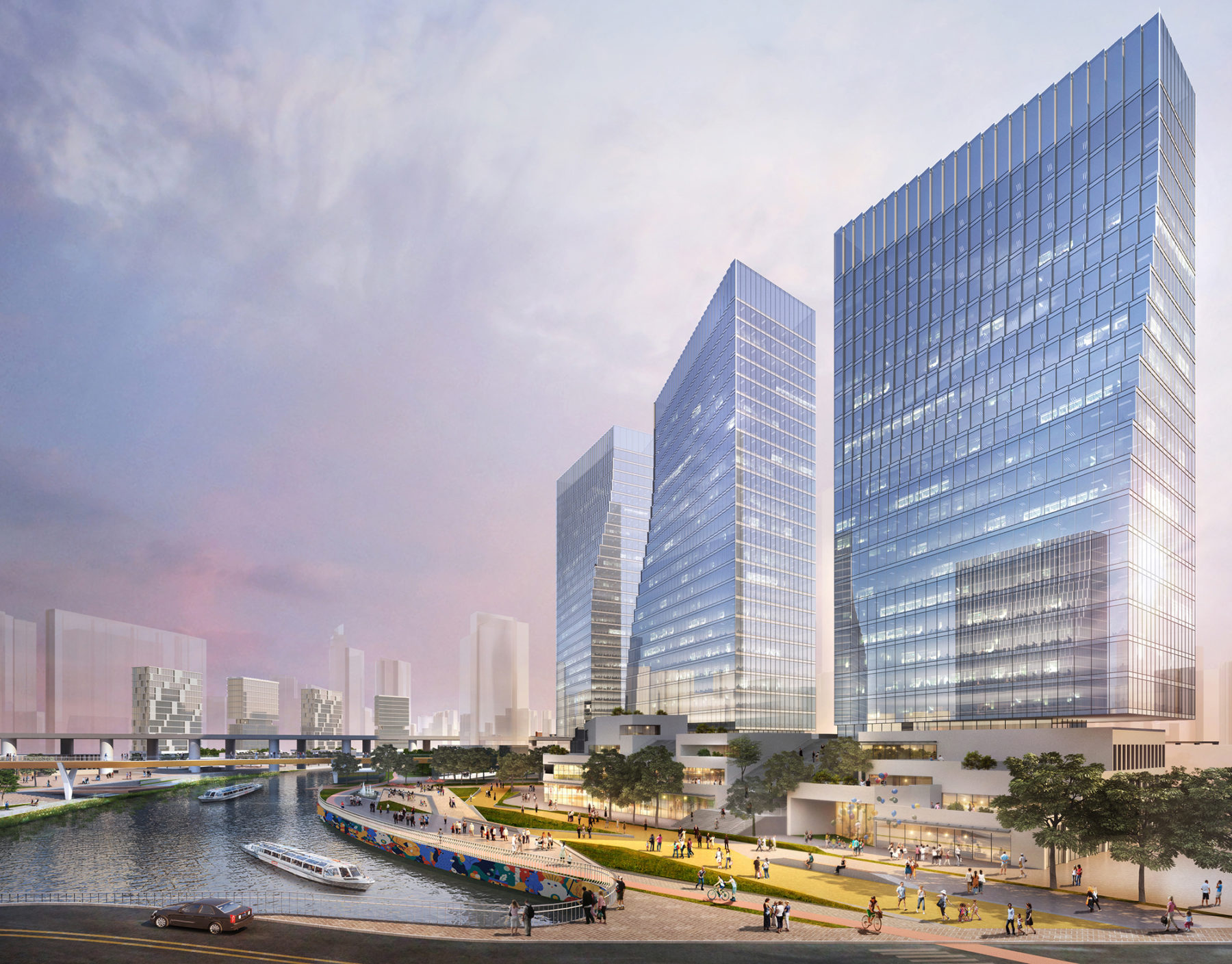
Architectural approaches maximize views to the water, and additional open space along the creek accommodates a multitude of outdoor activities.
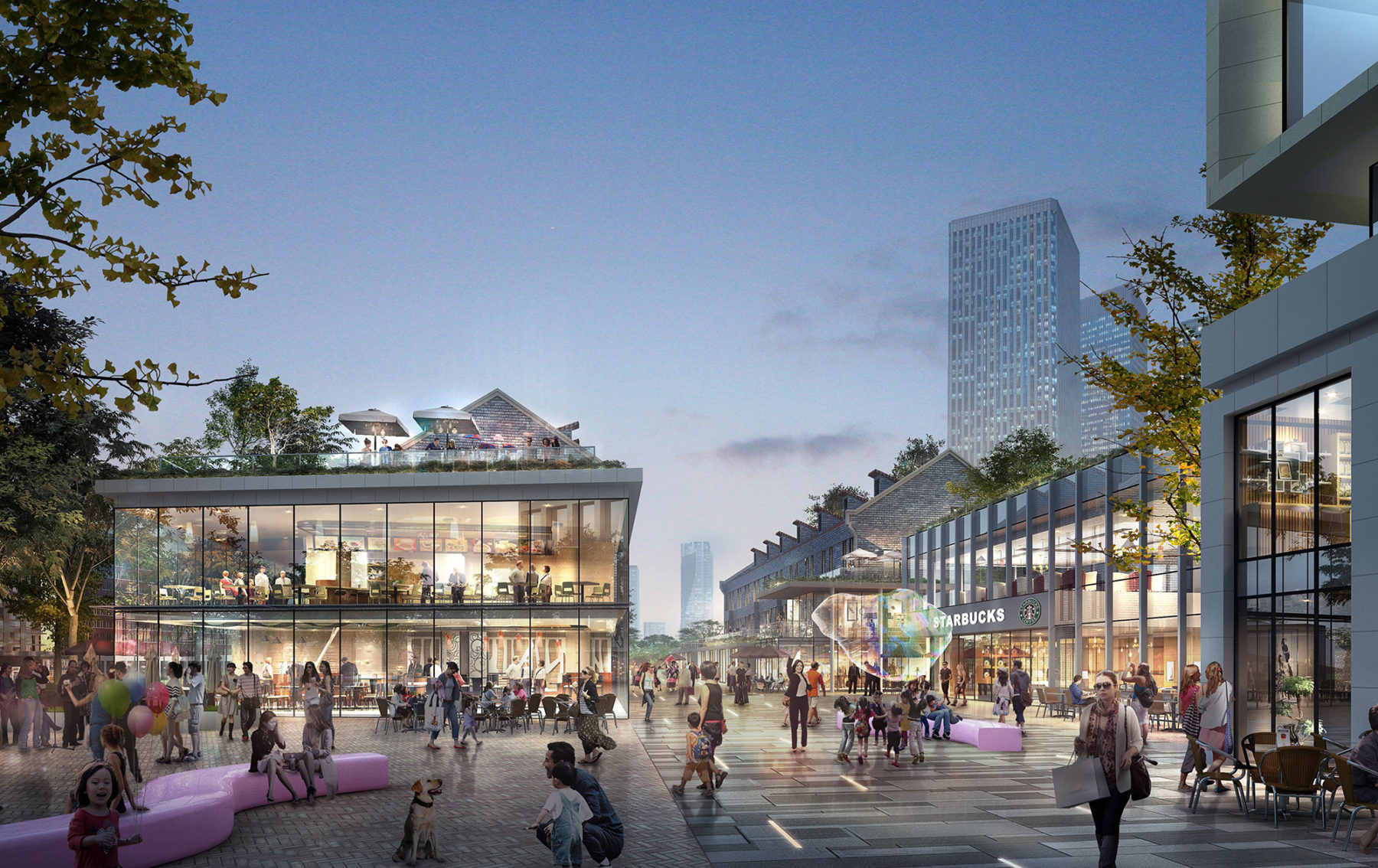
Urban revitalization invigorates vernacular neighborhoods with new program and social spaces, while also striving to preserve the unique character of the historic architecture.
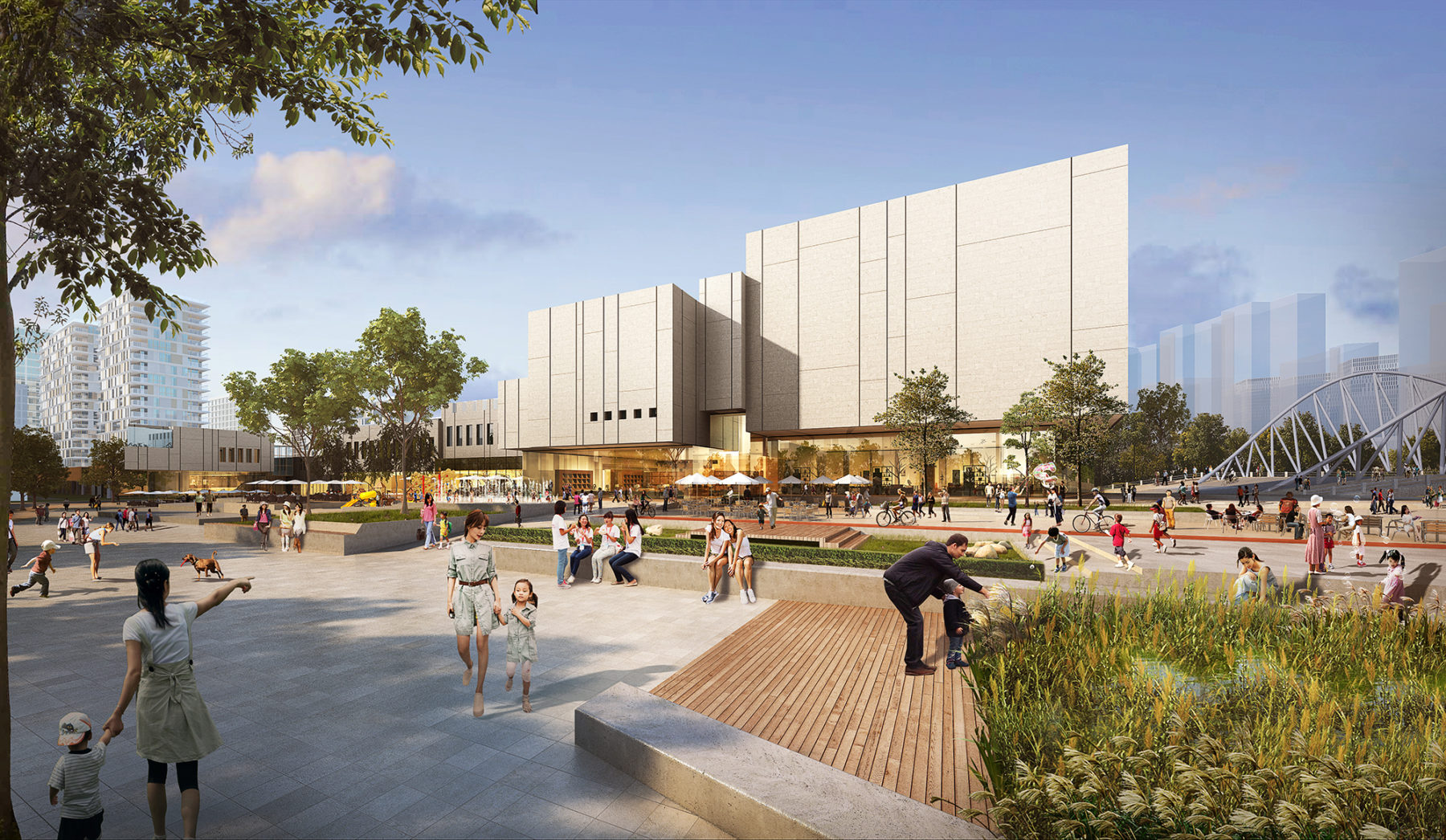
A large community park offers intimate spaces for a variety of users and features wetland gardens that promote environmental education.
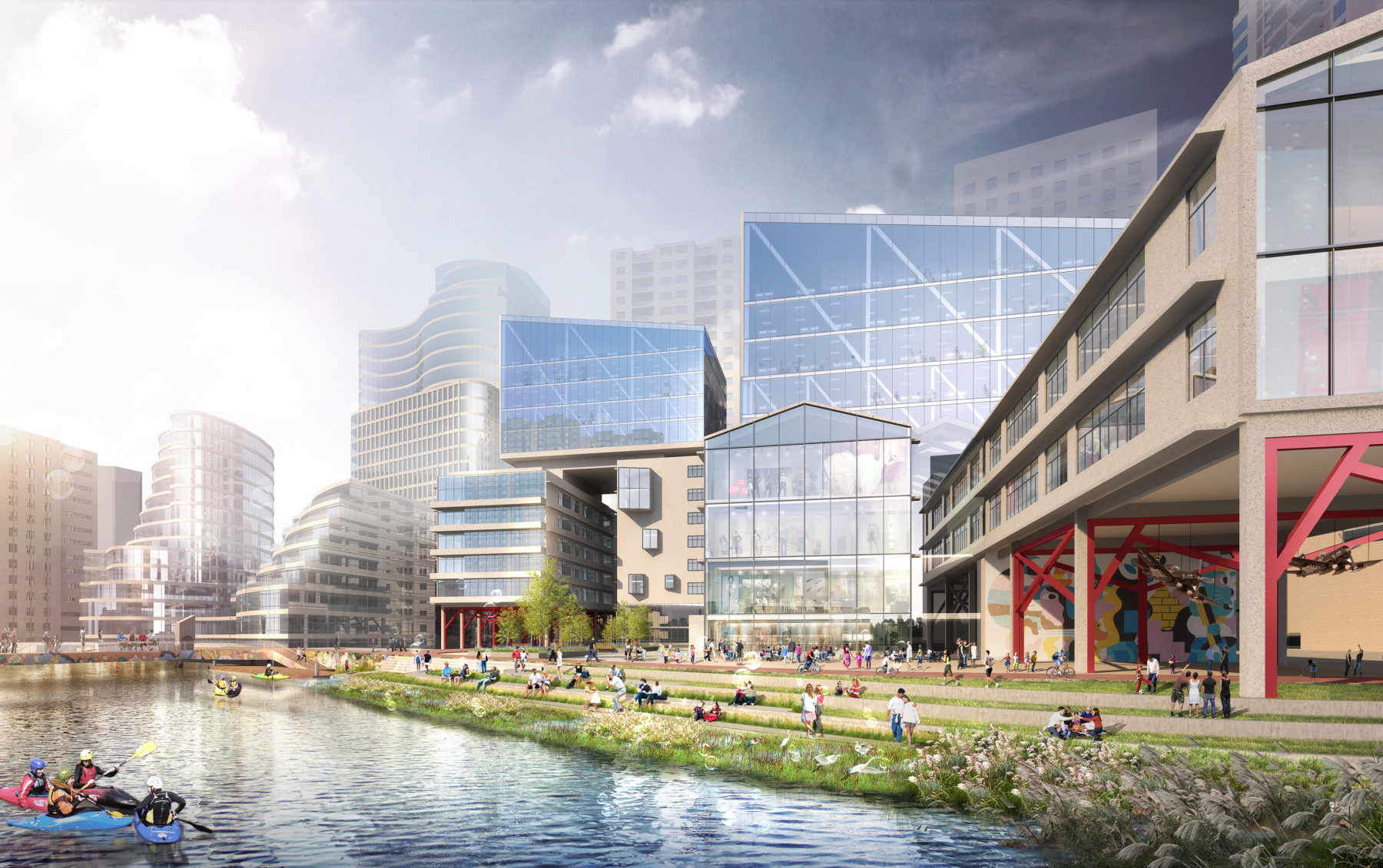
The lower levels of the historic warehouses are transformed into open art galleries, providing an extension of the riverfront landscape.

A pedestrian bridge connects atrium roof gardens on either side of the waterway, offering long vistas to the meandering creek.
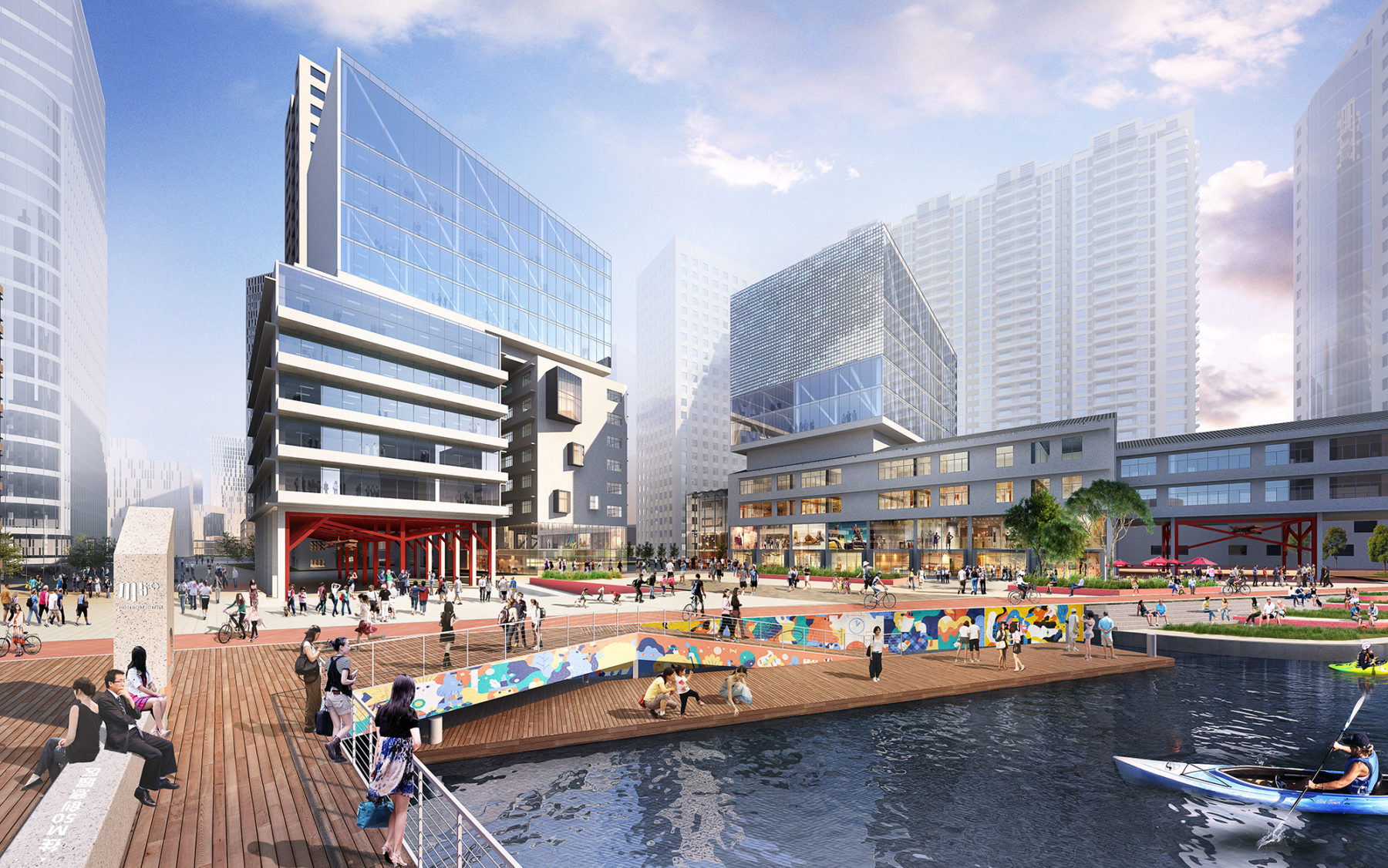
A riverfront plaza connects Shanghai’s Central Train Station to Suzhou Creek as a gateway to miles of urban activities along the waterway.
Architectural approaches maximize views to the water, and additional open space along the creek accommodates a multitude of outdoor activities.
Urban revitalization invigorates vernacular neighborhoods with new program and social spaces, while also striving to preserve the unique character of the historic architecture.
A large community park offers intimate spaces for a variety of users and features wetland gardens that promote environmental education.
The lower levels of the historic warehouses are transformed into open art galleries, providing an extension of the riverfront landscape.
A pedestrian bridge connects atrium roof gardens on either side of the waterway, offering long vistas to the meandering creek.
A riverfront plaza connects Shanghai’s Central Train Station to Suzhou Creek as a gateway to miles of urban activities along the waterway.
Sasaki also reevaluated the ecological potential of Suzhou Creek, considering its unrealized capacity to serve as landscape infrastructure. Wherever space allows, wetland terraces are introduced to restore native habitat, mitigate the impacts of occasional flooding, and provide opportunities for people to get close to the water. When the need for a floodwall is unavoidable due to tighter conditions, the once utilitarian infrastructure is transformed into an urban art gallery that reimagines the vertical structure as a canvas to celebrate local talent.
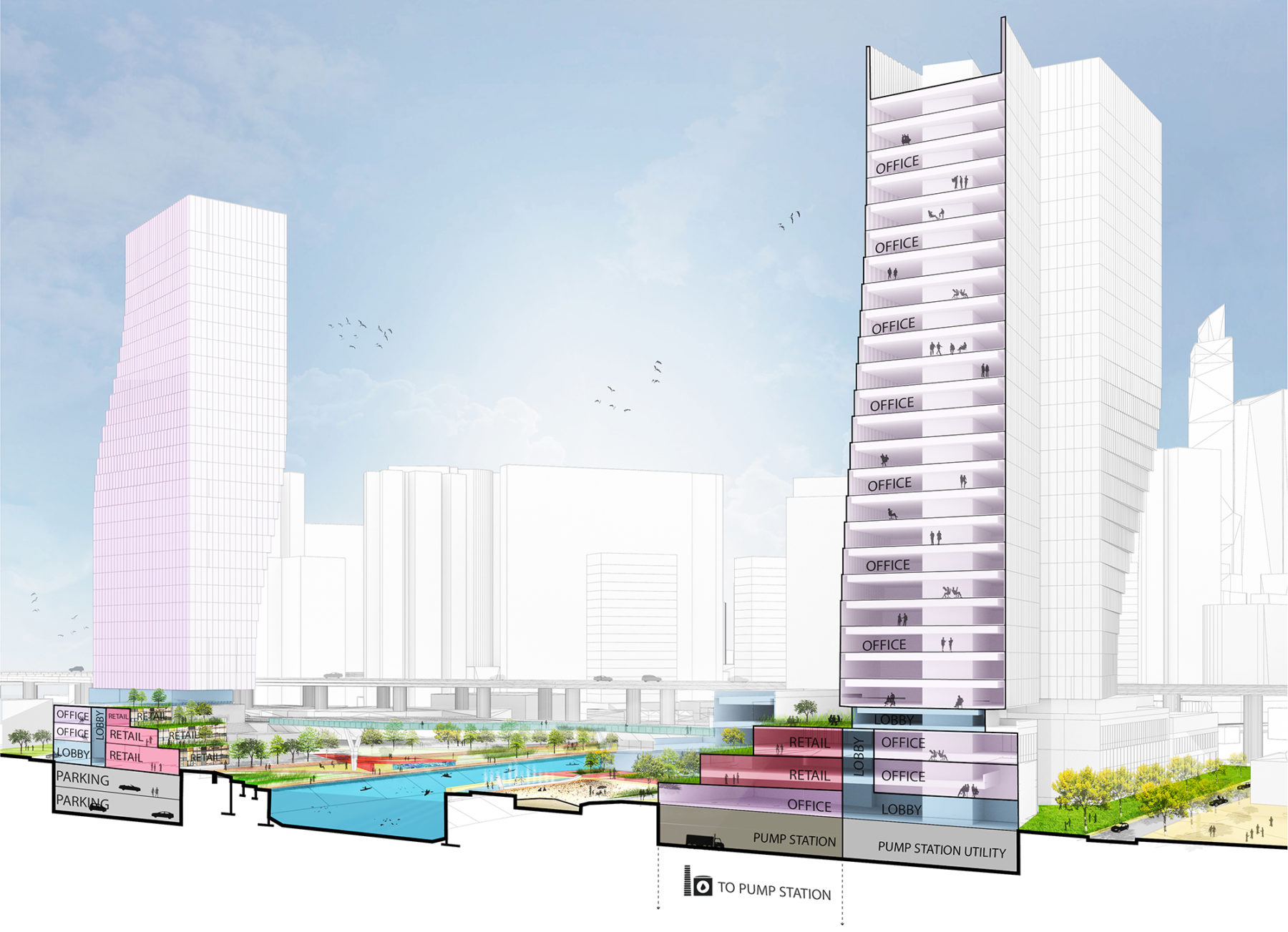
Complex underground infrastructure is integrated with terraced roof gardens to become an extension of the waterfront open space.
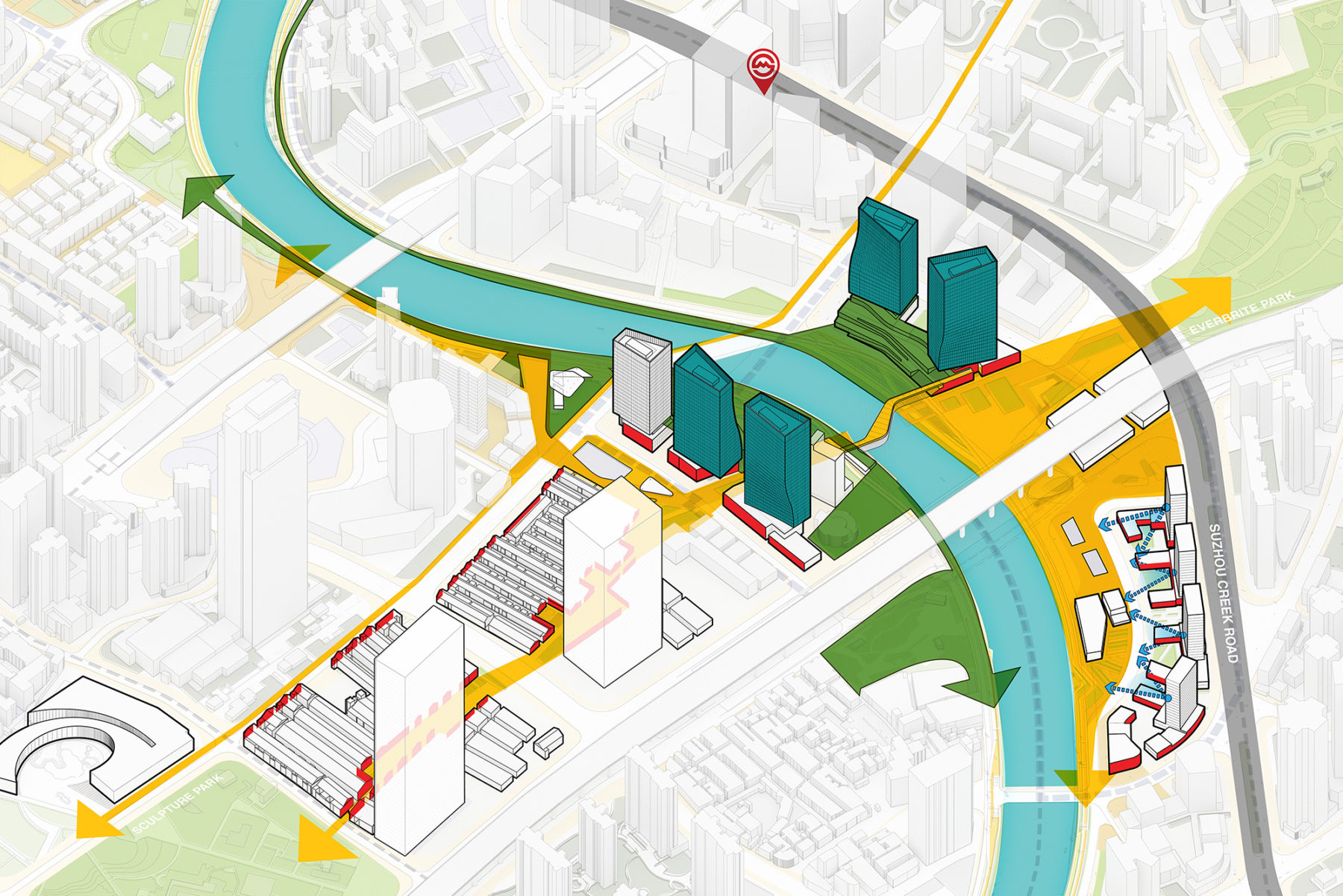
The Gonghexin Urban Node is a critical connector for the new riverfront corridor and a stepping stone between existing parks to the north and south.
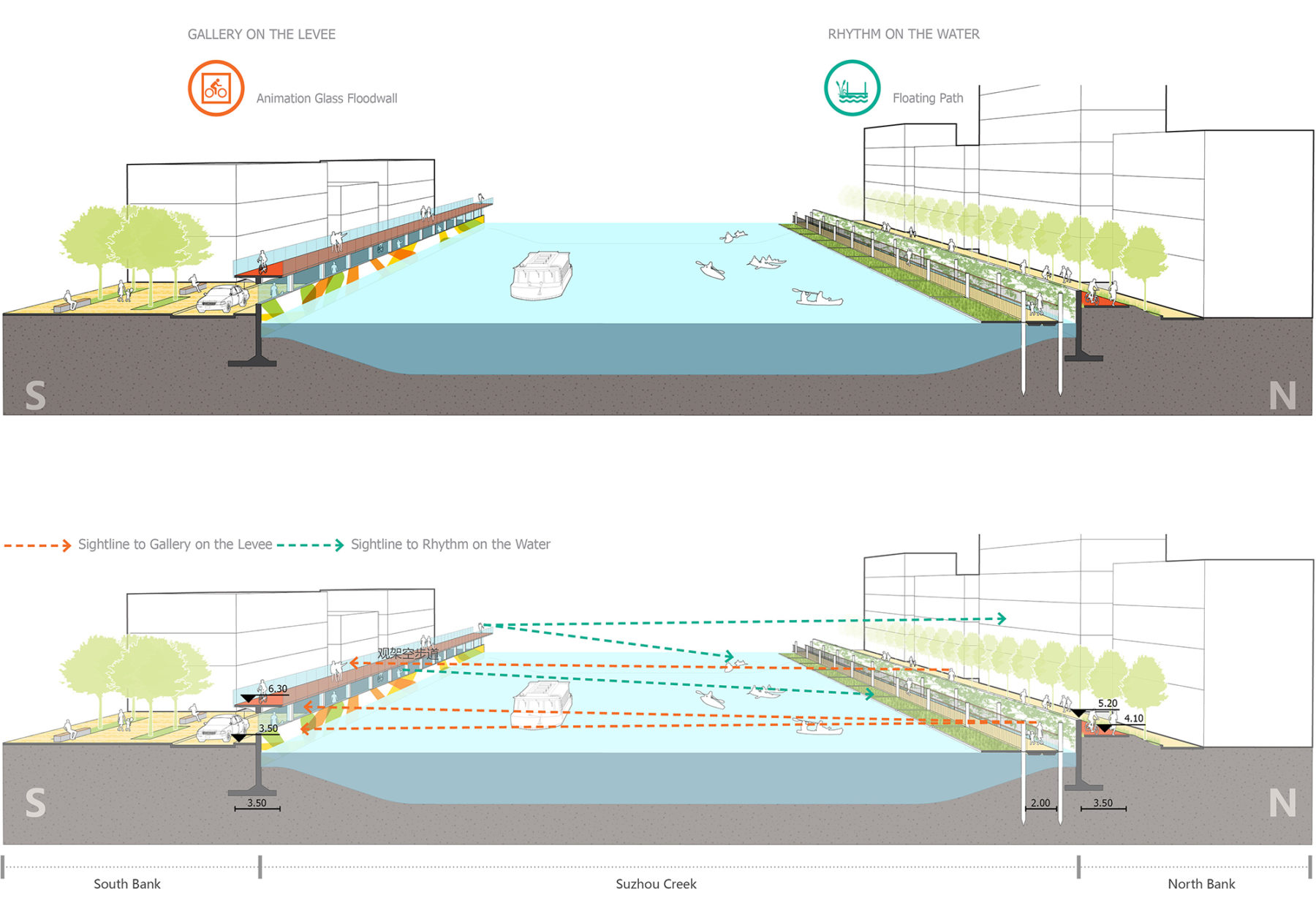
The opposite banks of the creek offer each other different views, creating a diversity of spatial experiences and distinctive identities.
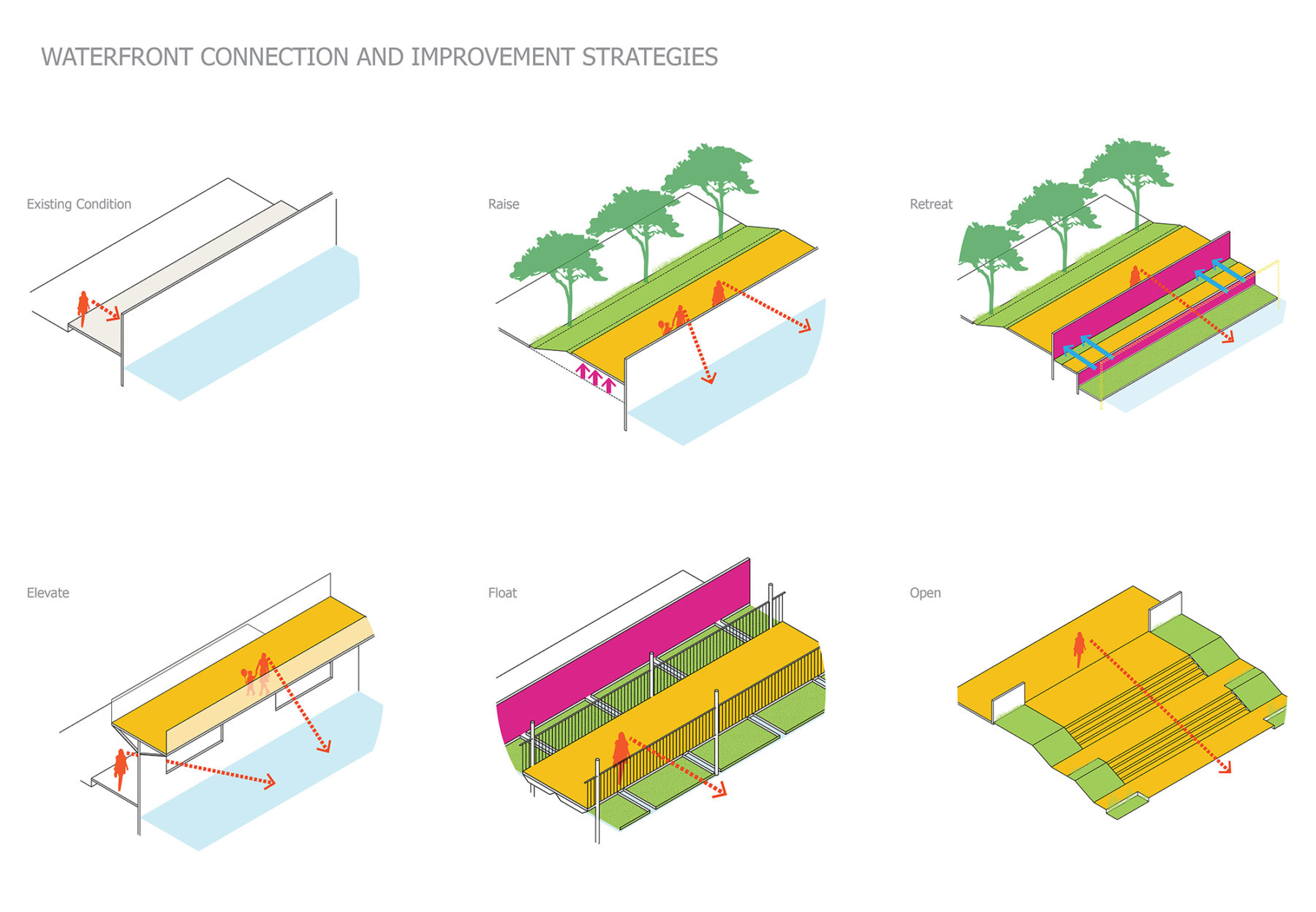
Accessibility, visual connectivity, and flood control are evaluated holistically to offer a variety of functional yet elegant solutions for addressing the creek’s complex infrastructure.
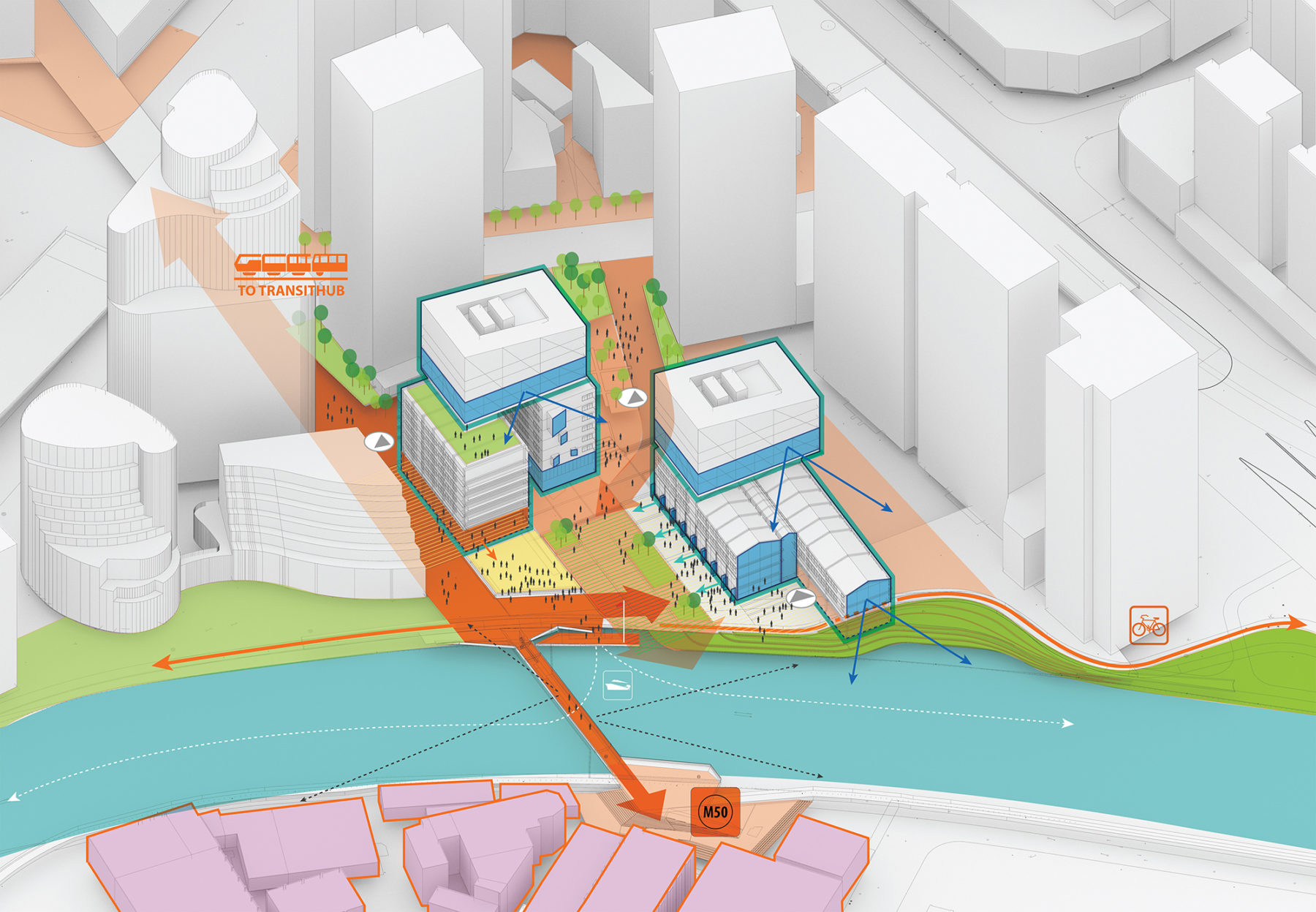
The creek’s industrial heritage is celebrated with a new riverfront plaza linked to M50 art district with a consistent architectural language.
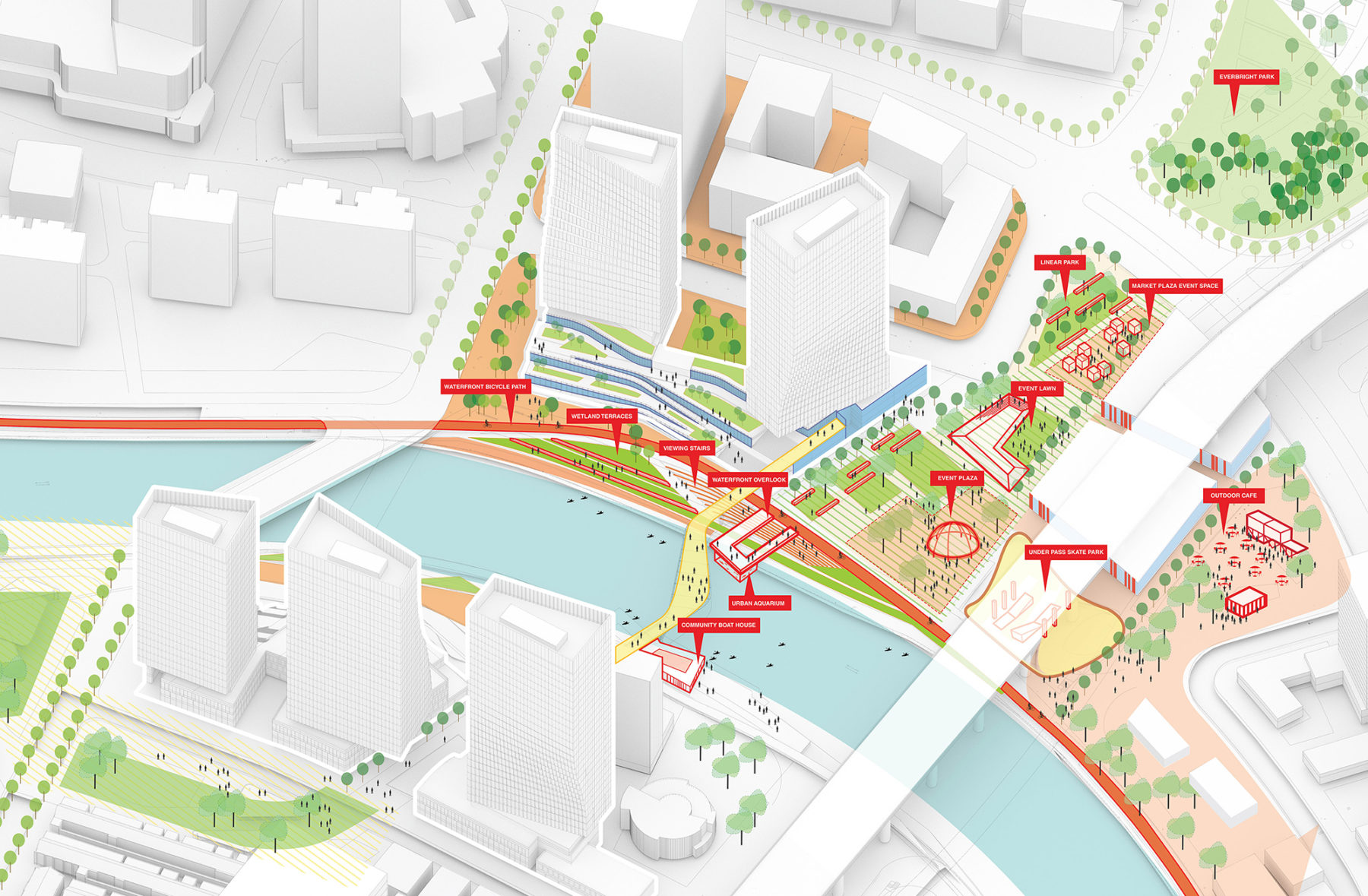
The converging energy and pedestrian activity from all directions make the Gonghexin Urban Node a key destination for offering a diverse outdoor program.
想了解更多项目细节,请联系 迈克尔・格罗福.
相关文章
苏州河:上海工业运河的复兴
Sasaki’s urban design strategy centers on the concept of “push, pull, bridge, and extend” to re-stitch the city fabric on either side of Suzhou Creek
鉴往知来:中国的城市复兴之路
Urban renewal in China has been interwoven with its unprecedentedly swift urbanization over the past forty years. Sasaki's Dou Zhang and Ming-Jen Hsueh reflect on the rapid pace of change and lessons learned.

